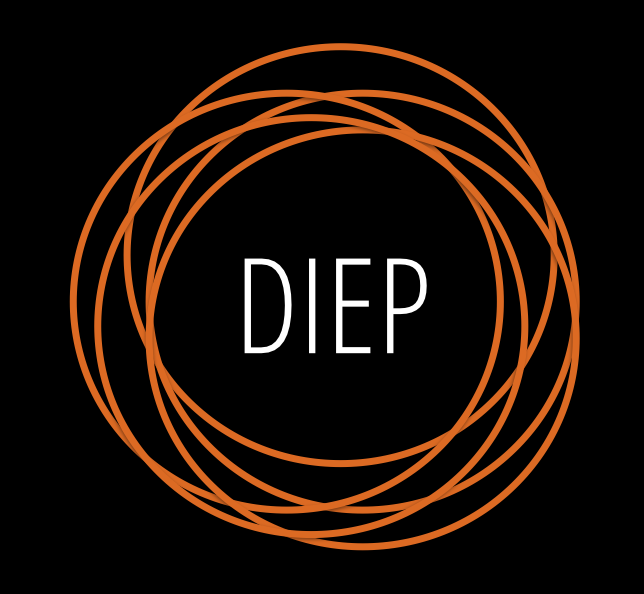Hydrodynamics at All Scales
Albano 3: 4205 - SU Conference Room (40 seats)
Albano Building 3
Venue
Nordita, Stockholm, Sweden
Scope
Hydrodynamics has a universal character spanning various energy scales: it emerges as an effective description of black holes, accretion disks at astrophysical scales, plasmas in fusion reactors, electron flows in quantum matter or of active flows in curved membranes. The purpose of this workshop is to bring together experimental and theoretical physicists working on different aspects of hydrodynamics in order to share methods for solving problems in fluid dynamics and fostering new collaborations.
Themes and preliminary program schedule
To be announced in due time.
Confirmed participants
Pavel Kovtun, Natascia Pinzani, Sriram Ramaswamy, Enkeleida Lushi, Marzena Szymanska, Andrew Lucas, Larry Yaffe, Akash Jain, Graham Baker, Sergej Moroz, Piotr Surowka, Axel Brandenburg, Dhrubaditya Mitra, Niko Jokela, Ármann Gylfason, Niels Obers, John Toner, Vipin Agrawal, Andrea Amoretti, George Batzios, Daniel Brattan, Daniel Brattan, Paolo Comaron, Tejas Dethe, Alan Dorsey, Sriram Ganeshan, Aleksander Glodkowski, Daniele Gregori, Umut Gursoy, Emil Have, Johannes Hofmann, Gregory Huber, Michael Landry, Ruben Lier, Enkeleida Lushi, Ananyo Maitra, Luca Martinoia, Pawel Matus, Bernhard Mehlig, Vahid Nasirimarekani, Gianbattista-Piero Nicosia, Andre Oliveira Pinheiro, Francisco Pena-Benitez, Kitinan Pongsangangan, Nick Poovuttikul, Giuseppe Pucci, Dylan Reynolds, David Rodriguez, Igor Rogachevskii, Alberto Roper Pol, Shuvayu Roy, Koenraad Schalm, Ashish Shukla, Jonas Veenstra, Sebastian Waeber.
Accommodation
Nordita provides a limited number of rooms in the Stockholm apartment hotel, BizApartments, free of charge for accepted participants and after application evaluation. These hotel apartments are designed for long-stay accommodation with fully-equipped kitchens and standard amenities. For more details, see here. Subject to availability, it is also possible to arrange a larger apartment (for families) upon request. Please specify the type of accommodation you would like in the application form, including if you will make your own arrangements. Any special requests should be made using the comments section of the application form.
Travel support
We can cover travel expenses partly or fully of a limited number of participants. If you would like to apply for travel funding check the box "apply for travel grant" in the registration form. We encourage participants to use their own travel grants if possible as to allow for supporting a larger number of participants.
Application/Registration
For participation in the program, please register/apply using the link "Application" in the sidebar at the top. The deadline for applications is July 1st 2023.
We encourage a minimum stay of one week. Due to space restrictions, the total number of participants is strictly limited.
Organisers
Jay Armas (U. Amsterdam), Cristina Marchetti (UCSB), Leo Radzihovsky (U. Colorado), Amos Yarom (Technion).

 .
. 
